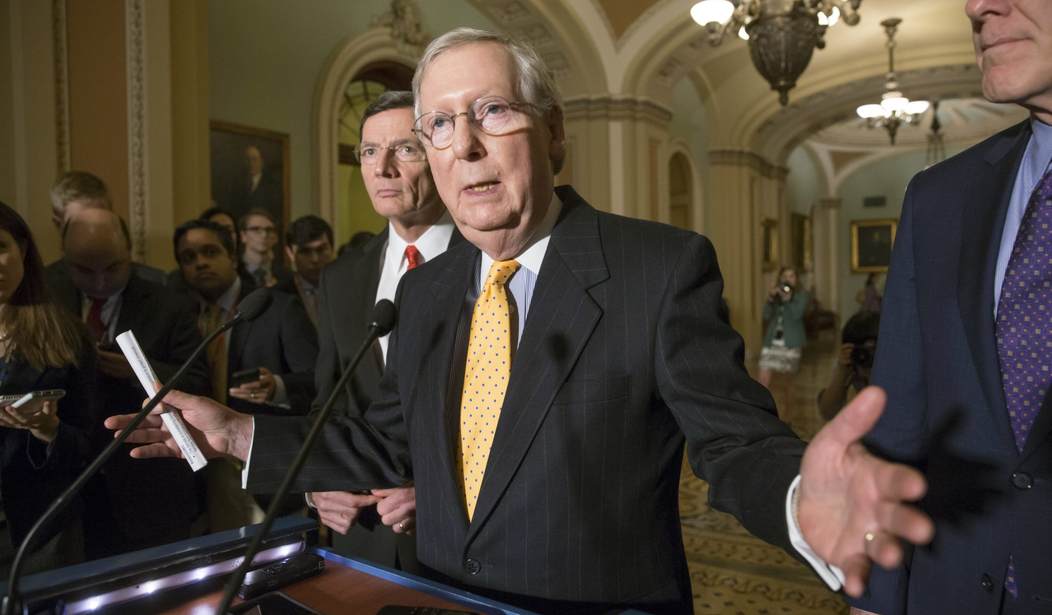WASHINGTON – If Democrats don’t find a way to re-energize the black vote and tap into the white working-class electorate, a 60-Republican majority in the Senate is plausible beyond 2018, a political organizer for the AFL-CIO warned Wednesday.
“I don’t think anyone here wants to imagine Mitch McConnell with 60 votes in the U.S. Senate, but that’s a very real possibility unless we learn our lessons,” Matt Morrison, co-executive director for the organization’s political arm, Working America, told a crowd of progressives at the Center for American Progress.
Next week, voters in Virginia and New Jersey will decide two gubernatorial races, and in 2018, 36 states will hold gubernatorial elections, which will coincide with interim elections for Congress. State decisions on governorships will weigh heavily on redistricting and the composition of the Senate. Currently, 52 Republicans control 100 Senate seats.
A panel of Democratic political organizers, a journalist and a political scholar came together for the event that centered around the release of a new report, Voter Trends in 2016: The Final Verdict, which analyzed demographic and voting patterns from the presidential election. Some of the key takeaways from report were that African-American and Latino votes declined in 2016, while white, non-college-educated voters shifted their support to the Republican Party, the latter being most evident in key Rust Belt states like Michigan, Wisconsin and Pennsylvania.
While Hillary Clinton was able to make headway with college-educated whites in other states, Donald Trump’s support from working-class white voters dwarfed Clinton’s progress because the working class is a much larger group.
Morrison said that Republicans carried the “intelligent” strategy of chipping away at Democratic constituencies that are not very strong, like Latinos and blacks.
“They know they don’t have to do great,” CAP senior fellow Ruy Teixeira said. “They just have to chip away because if you reduce the margins for the Democrats among those groups, it makes it much easier to put together a winning coalition. Same thing has to be true for the Democrats. You chip away at the massive deficits you’ve been running among these white, non-college-educated voters. That should be tattooed on all the foreheads of the Democratic operatives.”
E.J. Dionne, Jr., an opinion writer at The Washington Post, noted that Trump appealed to voters in Rust Belt states by promising to bring back coal and manufacturing jobs. While Dionne argued that most voters knew that promise would go unfulfilled, he said that it gained more support than Democrats’ promises to offer retraining programs for unemployed working-class voters.
People in placed like Reading, Pa., were not convinced that Democrats would support them with their economic plans, Teixeira said.
Dionne added that it’s undeniable that race and immigration weighed heavily throughout the 2016 campaign.
“Trump ran on explicitly racial themes or just barely not explicit racial themes in a way that neither John McCain nor Mitt Romney did, and that made a difference,” Dionne said.
Dionne appealed for strategy to “make America empathetic again,” arguing that in order to gain the support of minorities and the working-class white vote, the Democratic Party needs to empathize with inner-city mothers and fathers worried that their teenage son might be killed by police, as well as the man who lost a $20-$30 an hour job and is now working for $10 an hour.
“We ought to have the capacity for empathy across these lines,” he said.









Join the conversation as a VIP Member